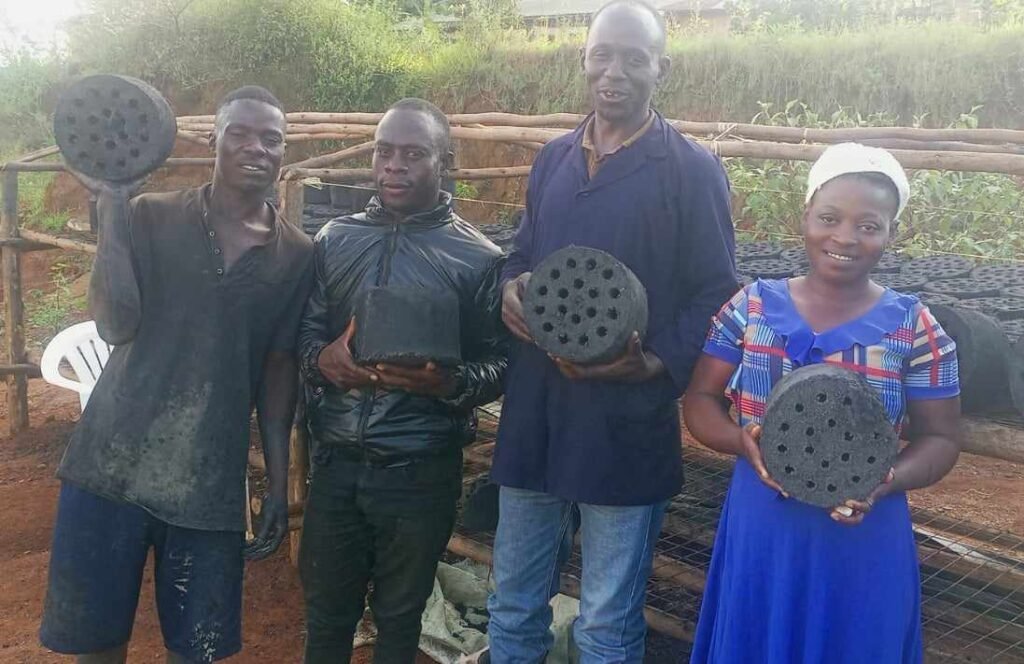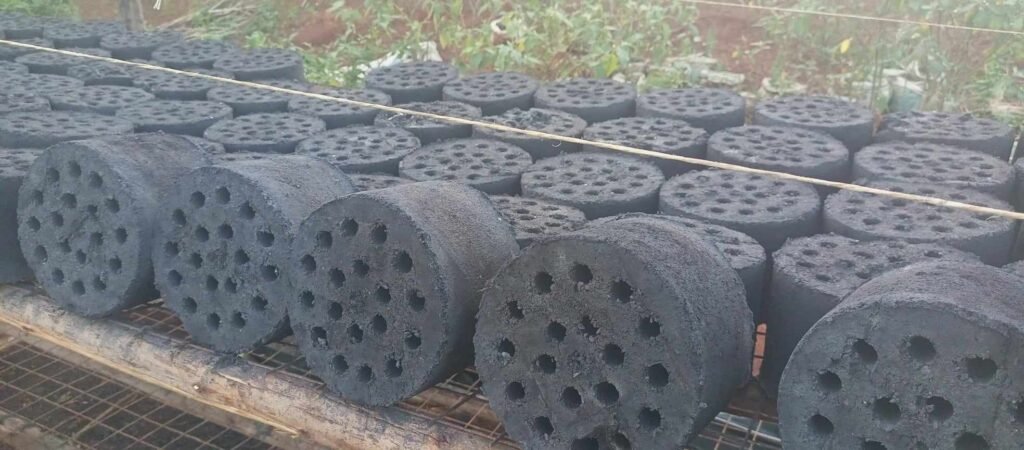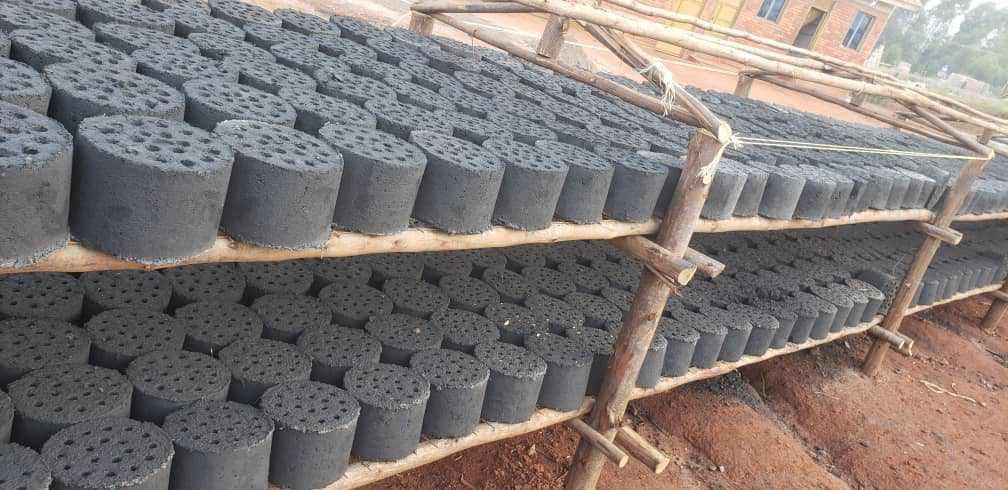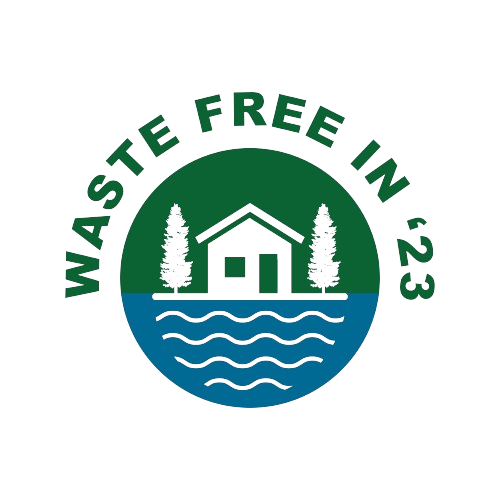Waste Management Made Easy: DIY Briquettes for Sustainable Cooking

Table of Contents
Mirembe Milly Phoebe, a resident of Masaka District, Uganda, is using an ingenious way to tackle two problems at once: waste management and deforestation. A method to create briquettes – a clean-burning fuel source – from readily available organic waste materials. This not only diverts waste from landfills but also offers a sustainable alternative to traditional firewood and charcoal, helping to conserve Uganda’s precious trees.


The Power of Briquettes
Briquettes are compressed blocks made from carbonized organic waste, such as maize cobs, crop stems, and food peels. These readily available materials are transformed into a clean-burning fuel that offers several advantages:
- Reduced Deforestation: By providing a dependable alternative to firewood and charcoal, briquettes help to reduce the need to cut down trees. This protects Uganda’s vital forests, which are crucial for maintaining healthy ecosystems and mitigating climate change.
- Lower CO2 Emissions: Burning briquettes releases less carbon dioxide (CO2) into the atmosphere compared to traditional cooking fuels. This contributes to a cleaner environment and combats climate change.
- Improved Livelihoods: The production of briquettes creates income opportunities for local communities, particularly women and youth. Farmers can earn extra income by selling their agricultural waste, while others can find employment in the production and marketing of briquettes.
- Enhanced Sanitation: By diverting organic waste from landfills and into briquette production, Phoebe’s method promotes better waste management and sanitation in Ugandan communities.


A Step-by-Step Guide to Create Your Own Briquettes
Here’s a breakdown of the process used by some communities to create briquettes:
- Waste Collection: Organic waste materials like maize cobs, crop stems, and food peels are collected from households and farms. Careful sorting ensures that only biodegradable materials are used.
- Carbonization: The collected waste undergoes a carbonization process, similar to making charcoal. This process removes moisture and converts the materials into a combustible fuel source. Local experts may be able to advise on safe and efficient methods for carbonization.
- Crushing and Binding: The carbonized material is crushed into a fine powder. A natural binder, such as cassava flour, molasses, or clay soil, is mixed with the powder to create a moldable mixture. Experimentation may be required to find the ideal binder ratio for your specific materials.
- Compression and Drying: The mixture is compressed into uniform briquette shapes using a mold. The formed briquettes are then dried thoroughly in the sun to ensure they burn efficiently.
Inspired by Phoebe’s story? Visit WasteFree23.org to learn more about eco-friendly waste management solutions and find ways to get involved in creating a sustainable future!
